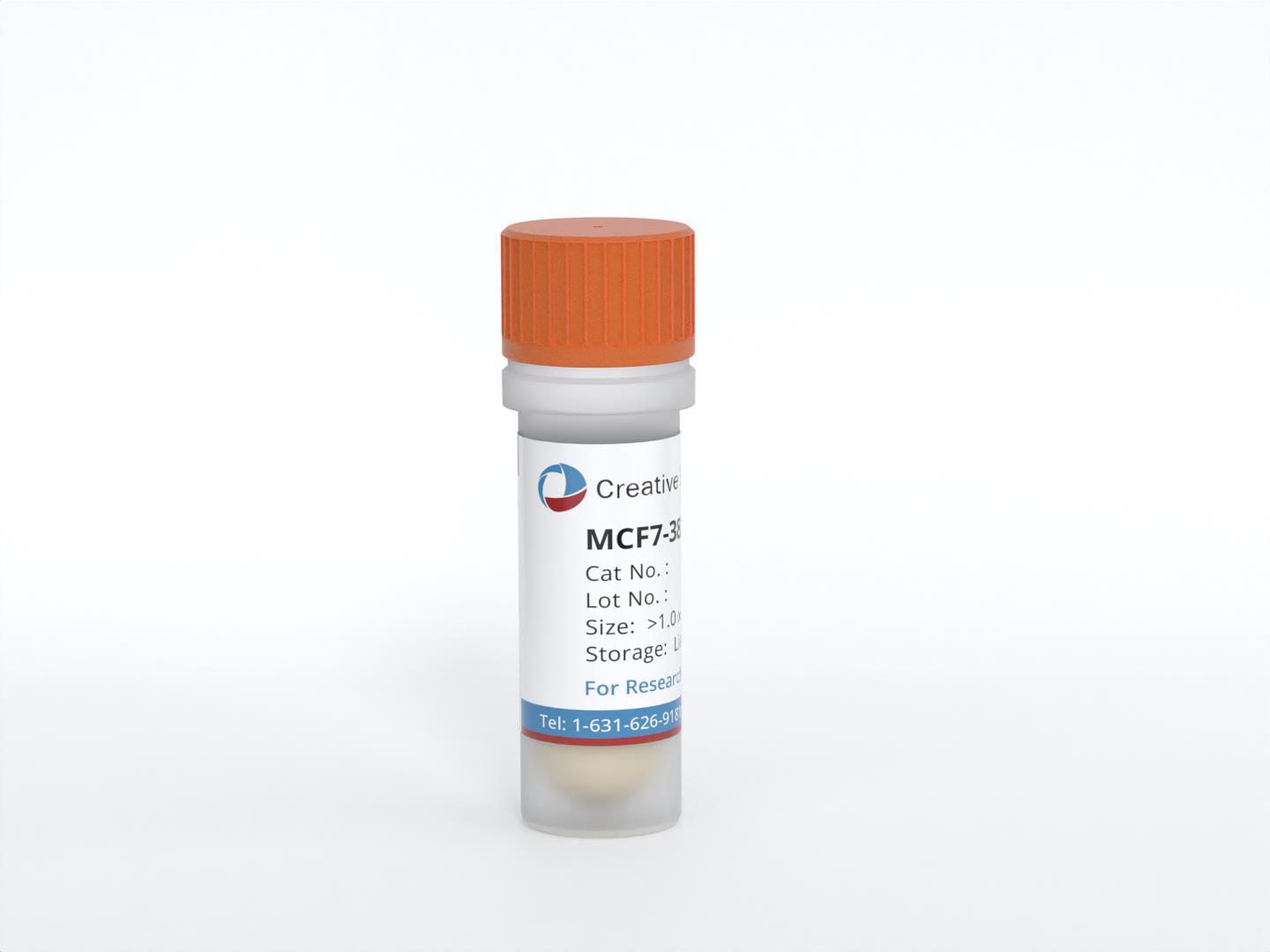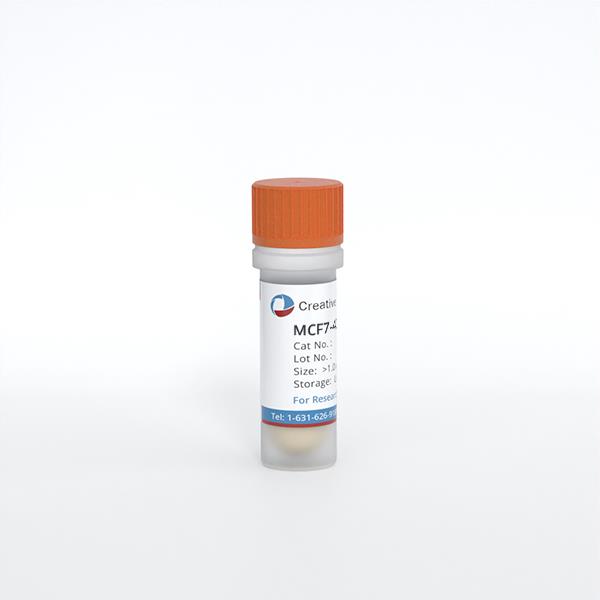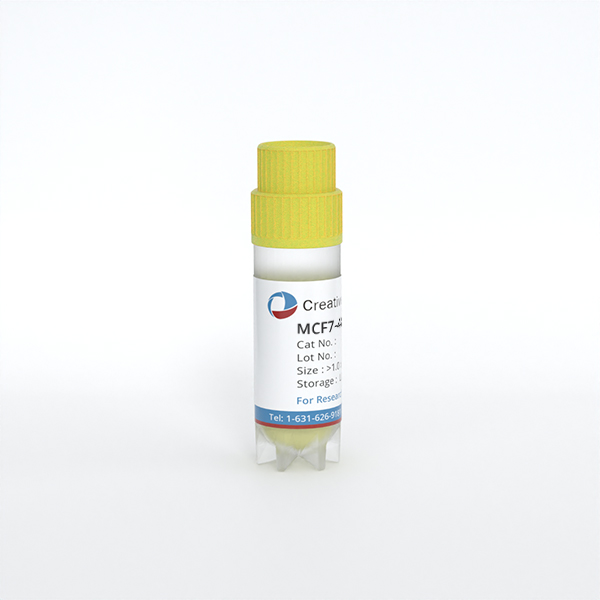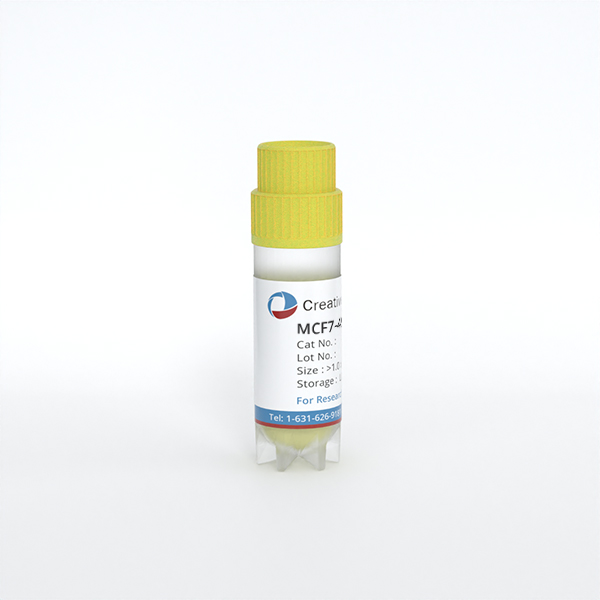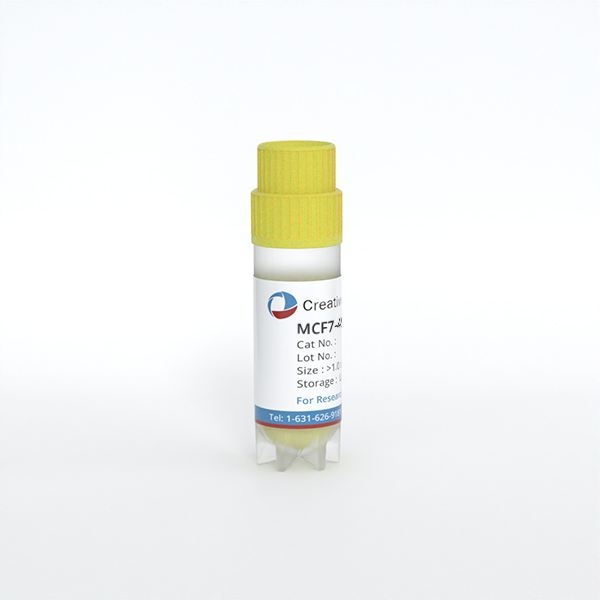Featured Products
Our Promise to You
Guaranteed product quality, expert customer support

ONLINE INQUIRY

MT-3
Cat.No.: CSC-C0448
Species: Human
Source: colon carcinoma
Morphology: epithelial cells, after splitting cells start to grow in colonies (not necessarily as monolayer)
- Specification
- Q & A
- Customer Review
Immunology: cytokeratin +, cytokeratin-7 -, cytokeratin-8 +, cytokeratin-17 -, cytokeratin-18 +, cytokerati
There is no significant change in the culture medium after contamination.
Ask a Question
Average Rating: 5.0 | 1 Scientist has reviewed this product
High-quality products
The quality of Creative Bioarray's cellular products is high and we use them all the time in our laboratory.
25 Mar 2022
Ease of use
After sales services
Value for money
Write your own review
- You May Also Need

